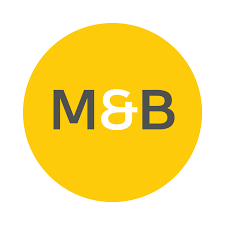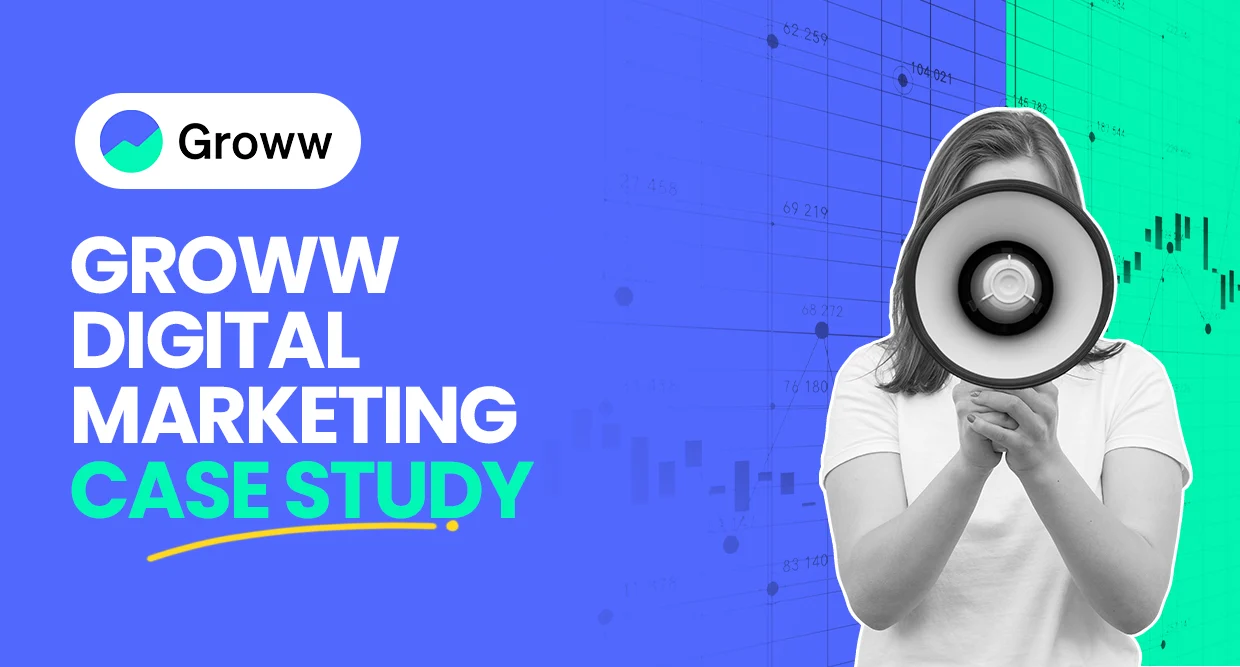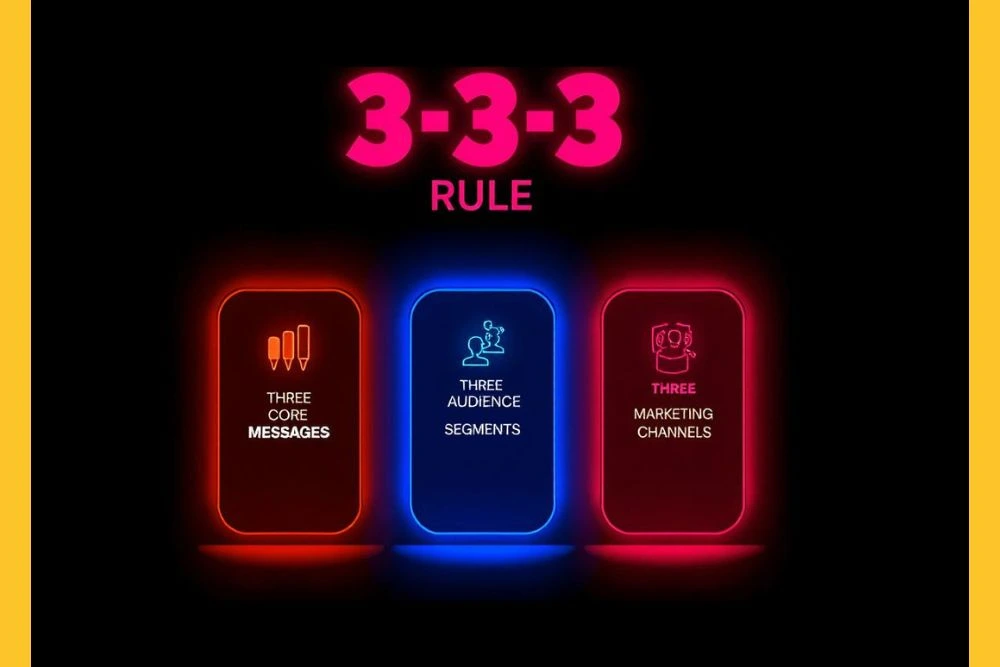
Boosting Your B2B Business with Expert Digital Marketing Services
In today’s buying landscape, stakeholders self-educate long before they talk to sales. The right B2B digital marketing agency turns that behavior into revenue—by engineering every touchpoint (search, social, email, website, webinars) to attract, educate, qualify, and convert. This guide unpacks practical B2B growth strategies you can deploy immediately, including inbound marketing for B2B, account-based plays, and full-funnel demand generation strategies that compound over time.
Why Digital Marketing for B2B Companies Works Now
Consensus buying is the norm. Content that answers the finance, IT, and end-user perspectives wins internal debates before sales enter the room.
Search is the new first meeting. Ranking for pain-led queries captures problem-aware buyers at the moment of need.
Trust travels via proof. Case studies, reviews, ROI tools, and benchmarks reduce perceived risk and shorten cycles.
Attribution (done right) guides money. Closed-loop tracking shows which channels create a qualified pipeline—so you invest with confidence.
What a B2B Digital Marketing Agency Delivers
Positioning & Messaging: Clarify ICPs, pain points, and value props that resonate with economic, technical, and functional buyers.
Search Engine Strategy: Technical SEO + content hubs that rank for high-intent queries and build topical authority.
Content Systems: Buyer-stage content (problem, solution, product), including blogs, guides, ROI calculators, and case studies.
Paid Media Engine: Precision targeting on Google/LinkedIn to drive qualified traffic with clear offer hooks and frictionless conversion paths.
Marketing Ops & Analytics: Event tracking, CRM hygiene, and multi-touch attribution to connect spend → leads → revenue.
Sales Enablement: Battlecards, email sequences, and content hand-offs that turn MQLs into SQLs and opportunities.
Two Ways B2B Brands Win (Playbook Archetypes)
1) SaaS & Services: Education-Led Inbound
Turn expertise into pipeline with inbound marketing for B2B: comparison pages, “alternatives to ___,” implementation guides, pricing breakdowns, and interactive calculators. Pair with LinkedIn thought leadership and retargeting that promotes case studies and product tours.
2) Industrial & Manufacturing: Spec-Driven Lead Gen
Engineer pages for specifications, compliance, and installation details. Use CAD file downloads, compatibility charts, and RFQ forms as conversion assets. Retarget engineers and procurement with proof points (tolerances, certifications, delivery SLAs).
B2B Growth Strategies You Can Execute This Quarter
Build a Pain→Solution Content Hub: Map 8–12 core pains to solution pages; add comparison and “how to choose” guides for bottom-funnel capture.
Launch a High-Intent Paid Search Set: Exact-match pain and competitor terms with strong offers—demo, audit, or calculator.
Spin Up LinkedIn Demand: Thought-leadership posts from SMEs, plus Sponsored Content that promotes ungated POV content to seed demand.
Retarget with Proof: Case studies, ROI snippets, and 30–60s video explainers for mid-funnel nurturing.
Email Nurtures by Buying Stage: Problem-aware sequences (education), solution-aware (frameworks), product-aware (social proof + urgency).
Conversion UX Tune-Up: Shorten forms, offer calendar booking, add live chat for sales-assist on high-intent pages.
Demand Generation Strategies (Inbound First, ABM Always-On)
Inbound Core: SEO content, webinars, guides, and interactive tools that attract and qualify traffic organically.
ABM Layer: Identify 50–200 target accounts; run LinkedIn + display to buying committees; deliver 1:1 landing pages and industry-specific proof.
Offer Architecture: Low-friction (checklists, benchmarks), medium-friction (calculators, templates), high-intent (assessments, pilots).
Measurement: Track view-through influence, self-reported attribution, and opportunity-level engagement—not just last-click leads.
Your 6-Steps B2B Marketing Plan
Audience Mapping – Define ICPs, buying triggers, objection lists, and decision workflows.
Content Calendar – Plan monthly bottom-funnel (BOFU) pages first (comparisons, pricing), then mid/top-funnel to build authority.
Channel Mix – Search for capture; LinkedIn for demand; email for nurture; partner co-marketing for reach.
Offer Strategy – Align one high-intent CTA per page (book a demo, technical consult, RFQ) and remove competing actions.
Operations & SLAs – Route form fills to the right owner; enforce response-time SLAs; enable one-click meeting scheduling.
Analytics – Define source/medium taxonomy, UTMs, and a pipeline dashboard (MCL → MQL → SQL → Opp → Won) with CPL, CPQL, and ROI.
Mistakes That Quietly Kill Pipeline
Me-centric messaging. Buyers care about outcomes and risk reduction, not features.
Gated everything. Gate fewer assets; let your best content get shared.
Orphan pages. Every page needs internal links, a next step, and a job to do.
Form friction. Long forms without value exchange tank conversion.
Channel silos. Search, social, and email should share the same narrative arc.
How to Choose a B2B Lead Generation Agency
Category expertise: Experience with your deal sizes, cycles, and compliance needs.
Full-funnel capability: From positioning and content to paid media and RevOps.
Attribution maturity: Can they prove opportunity and revenue impact—not just clicks?
Sales alignment: Expect tight coordination on MQL definitions, scoring, and follow-up SLAs.
Local Advantage: Digital Marketing Agency in Kolkata
If you’re comparing partners, a digital marketing agency in Kolkata can deliver enterprise-grade execution with sharper local cost efficiencies. Proximity enables faster creative turnaround, on-site content production, and market nuance for India-first campaigns. (Yes, we also see teams searching for digital marketing agency in Kolkata—you’ve found us.)
At Marko & Brando, we operate as a B2B lead generation agency and strategy partner—blending SEO, content, LinkedIn, paid search, and RevOps to build pipelines that close. Ready to turn invisible interest into visible revenue? Let’s talk.

Article by
Marko & Brando
For businesses looking for impactful digital marketing services, Marko & Brando is the name to trust. Our data-driven strategies ensure maximum ROI, helping your brand reach new heights. Experience the power of digital transformation with our expertise.





